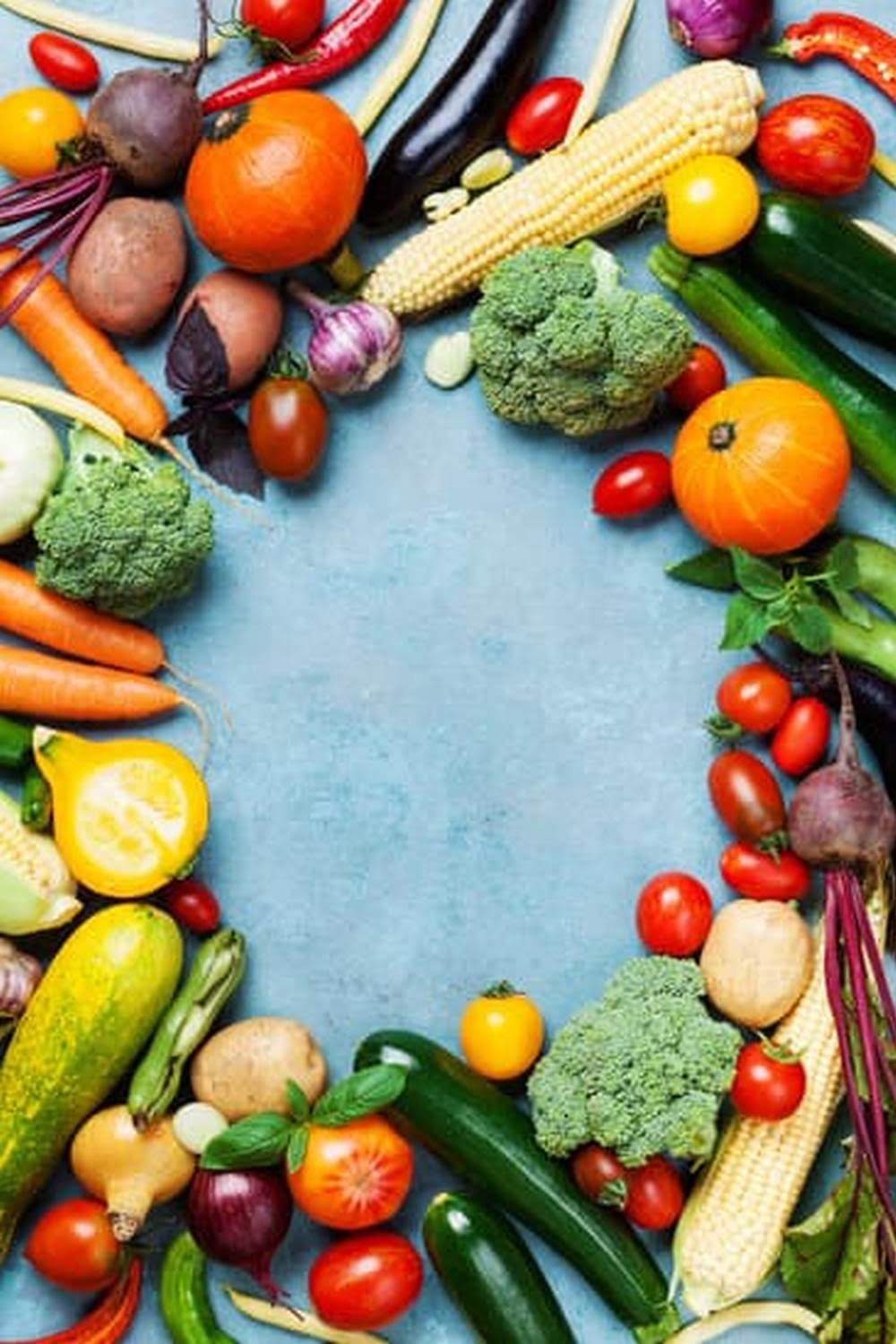Potential Solutions for Challenges Faced in Enforcing Model Ordinances
One potential solution to enforce model ordinances is to identify a way to track and document all transactions involving vegetables garden food sales. This could be accomplished by instituting a tracking system for those who wish to sell the produce and require them to follow the regulations set forth in the ordinance. Providing some kind of ID card that must be presented before a sale is made would be ideal, as it allows local governments to know exactly who is selling goods that do not meet the standards set forth in the ordinance.
In addition, local governments should ensure that all distributors and sellers of vegetable garden food products understand their responsibility under the model ordinance. Having regular safety training programs or workshops could help ensure everyone involved knows what is expected of them and how to properly handle any issues that arise when it comes to following the rules set forth in the ordinance.
Another idea would be to investigate various methods or technologies (such as blockchain) that could help facilitate data collection and reporting on those involved with vegetable garden food sales. This could include customer information, sales records, and other related details necessary for compliance with the ordinance.
Finally, local governments should look into creating economic incentives or penalties for those who break the model ordinance’s regulations either intentionally or accidentally. Incentives could include grants or rewards for meeting quality standards; while stiff fines or license suspensions might be necessary in cases where an individual has deliberately violated regulations.
Tips for Implementation of Model Ordinances
• Local governments should create guidelines specific to their localities in order to ensure successful implementation. These guidelines should include restrictions on the types of vegetables that may be sold, the methods of harvesting and packaging produce, health regulation compliance standards, and permit requirements.
• Agricultural operators that wish to sell their goods directly to consumers should ensure proper fencing of garden areas to maintain a hygienic environment and provide liability protections for public safety. They should also consider proper labeling of produce items and food safety/sanitation education for workers and customers as additional measures for keeping vegetable gardens clean and safe.
• Governments can encourage the adoption of Food Safety Plans (HACCP) within farming operations through incentives such as tax breaks or grant funding. Operators should also be required to maintain insurance coverage for potential liabilities due to inadvertent food contamination.
• Regular inspections from local Agricultural Extension agents are recommended in order to assess overall food safety compliance at each operating vegetable garden site. In addition, these inspections should also strive towards ensuring adequate soil management practices which take into account factors such as soil fertility, pest control management, adequate weed control systems and good drainage practices.
• Proper record keeping is essential as it enables local governments and enforcement authorities to access detailed information about food handling processes at each garden location including production times, temperatures, storage conditions etc… Governments should have procedures in place which enable the compilation of data quickly during inspection visits or emergency response scenarios.
Public Outreach and Education
Public outreach and education is critical for the success of model ordinances for vegetable garden food sales. Such ordinances offer an opportunity for local residents to access fresh, healthy produce. Therefore, it is important to discuss the benefits of such regulations, including improved physical and mental health, improved nutrition in the local community, and strengthened social ties within neighborhoods. Furthermore, public outreach should highlight how these ordinances support the growth of local businesses.
Efforts should be made to reach a broad range of community members from diverse backgrounds. They need knowledge about available resources and opportunities so they can make informed decisions that work best for them. Public forums, workshops, town hall meetings, print materials such as brochures, flyers and posters placed in public areas are just some of the methods that can be used to spread soil-to-table messages. These strategies assist not only in educating citizens on benefits offered by vegetable garden initiatives but also encourages their participation in changing local food systems and policies. Additionally providing information on insights related to farmer’s markets regulation or backyard farming exemptions would allow more people to benefit from this ordinance.
Model Ordinance Impact Assessment
The success and continued improvement of vegetable garden food sales model ordinances can be assessed by evaluating not only the immediate impact of the ordinance, but also its lasting effect on local agricultural operations or farmers. Through this assessment, it can be determined if the ordinance is successfully providing farmers with access to a new revenue stream and incentives for expanding their operations; whether or not the model ordinance has improved the quality and quantity of locally produced foods available to consumers; and how far-reaching the impact of the ordinance has been in regards to other businesses connected to the local agricultural sector.
Additionally, examining what changes or improvements could be made to existing model ordinances is critical for ensuring that these regulations continue to promote growth within rural communities through increased access to fresh food, economic opportunities, and educational resources. Understanding how different models of vegetable garden food sales are perceived by both producers as well as consumers – i.e. what areas of implementation were viewed most favorably – can inform future regulatory decisions and modifications to ensure that local agricultural operations continue to benefit from such ordinances in meaningful ways moving forward.

If you’re looking to get into vegetable gardening, or are just looking for some tips on how to make your current garden better, then you’ve come to the right place! My name is Ethel and I have been gardening for years. In this blog, I’m going to share with you some of my best tips on how to create a successful vegetable garden.





